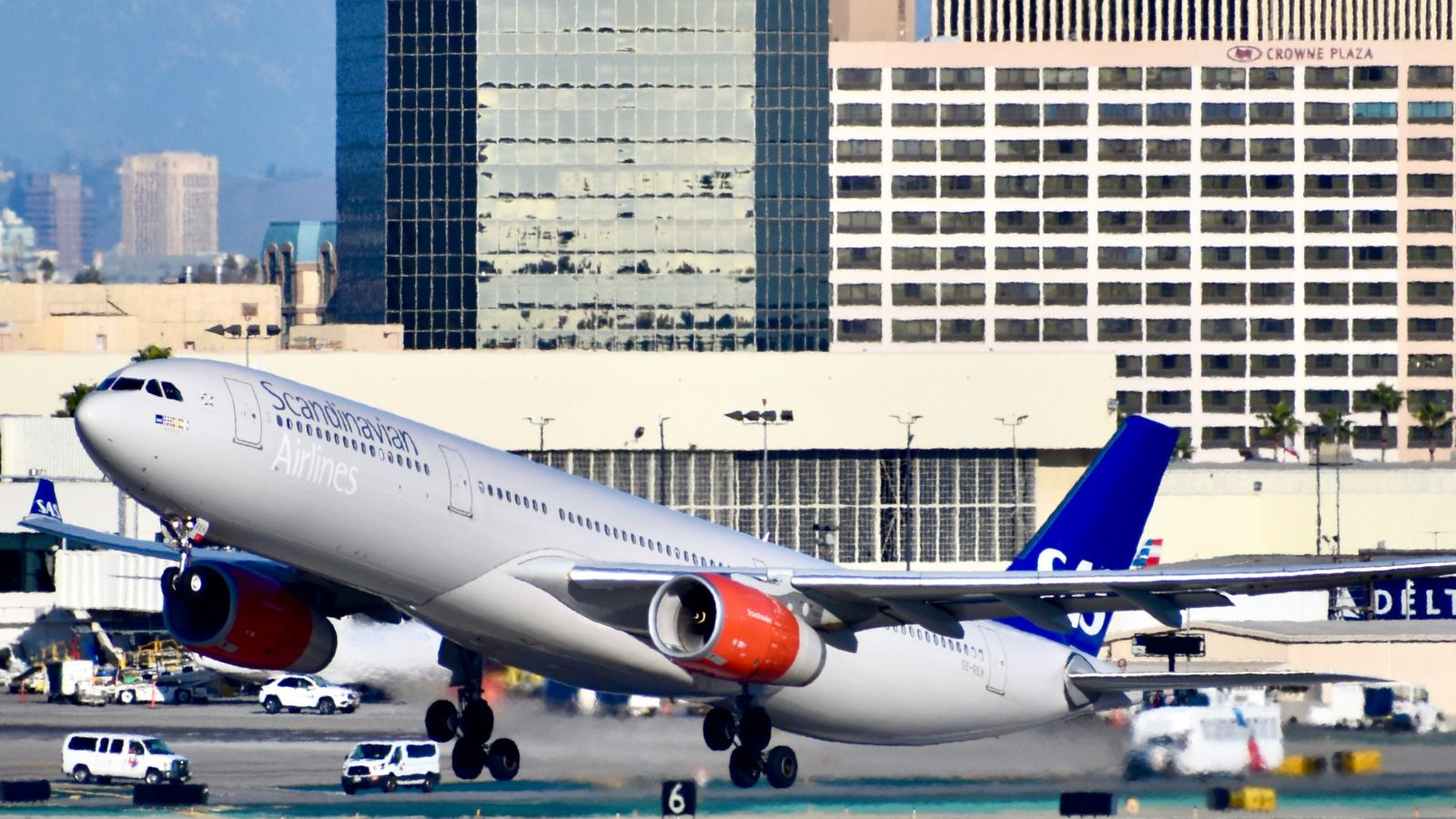And so, what we all expected has been formalized and SAS Scandinavian Airlines will, with effect from the 1st September join the SkyTeam Alliance, leaving behind all of their legacy colleagues and Star Alliance partners for the brave new world of the second largest alliance operating (and set to remain that way). For SAS - a founding member of the Star Alliance – the transition to SkyTeam is a fresh start with a new business plan that it is hoped will create sustainable long-term profitability for the airline.
Movement across alliances is not common and akin to a transfer from Manchester City to United - although why anyone would want to move to United now is another point! So, we’ve re-crunched the numbers and adjusted the respective positions to reflect on the impact of SAS’s move on the industry.
The Global Picture of Airline Alliances
Many years ago, airline alliances were seen as a major part of the industry and airlines clamoured to find suitable partners with compatible networks and plenty of feed to their own services. Every airline needed a US and Chinese based carrier for the domestic feed and some alliances, by virtue of alliance members, dominated a specific geographic region of the world. For example, in the case of Star Alliance’s strong foothold in South East Asia through Singapore Airlines and Thai International. Fast forward to the new world and with low-cost airlines growing rapidly and new start up carriers appearing, airline alliances - while still important - are seeing capacity share slip away.
In the table below we have outlined the respective share of capacity for each alliance for this summer season by geographic region. In total airline alliances account for 42.5% of all capacity and only in North America do the airline alliances have a majority share of capacity at 62.8%. In two regional markets, South Asia and Latin America, non-aligned airlines operate over 80% of current capacity, suggesting perhaps that the perceived power of the airline alliances is diminishing.
SAS’s Modest Alliance Position
Ranking as the 41st largest airline in the world this summer when measured purely by capacity SAS Scandinavian Airlines are the ninth largest airline Star with 95% of their capacity operated within Europe making them truly a regional player rather than global contributor in terms of capacity. Operating 19.5 million seats this summer is certainly not insignificant but in the context of the global market it’s interesting but not earth shattering.
Perhaps more important is the European capacity position that SAS have and the impact of a straight swap across from one alliance to another. The first table below shows the relative capacity share across the three “home” markets SAS operate from, with their capacity contributions central to the strong position enjoyed by the Star Alliance in Scandinavia.
From the 1st September and the straight swap to SkyTeam, the table below shows the immediate impact in terms of capacity share for the three major markets, with SkyTeam seeing a ten-fold increase in capacity share overnight and thereby creating a much stronger proposition to the market in those countries. Meanwhile of course, Star sees a corresponding reduction in capacity share but will not be in as weak a position as SkyTeam were before the SAS’s partner change.
Strategic Choices & Opportunities
As we have said, moving alliances is a rare event and one not undertaken lightly. SAS probably feel that the SkyTeam Alliance offers them greater scope for development than was possible within Star and the pressures that Lufthansa create in Northern Europe. The “once in a life-time” opportunity presented to SAS appears to be based around their early declaration that the primary hub will be Copenhagen, although satisfying the neighbouring market needs of both Stockholm (and to a lesser degree Oslo) is always going to be a challenge. Opportunities may also present themselves for SAS from the capacity constraints that are being felt in Amsterdam where their new partner KLM are having to defend their territory from almost constant battles over noise and movements. Could SAS, in time, become SkyTeam’s Asia market specialist from Europe?
While SAS’s move is not going to shatter the airline alliance landscape it does pose an interesting set of questions for airport operators in the region looking to develop their networks and of course directly for the alliances concerned. At the moment OneWorld are an innocent bystander in Europe’s alliance churn, but if TAP Air Portugal falls into the IAG stable then at either end of Europe we will see changes taking place; and that may be a little bit more interesting.


